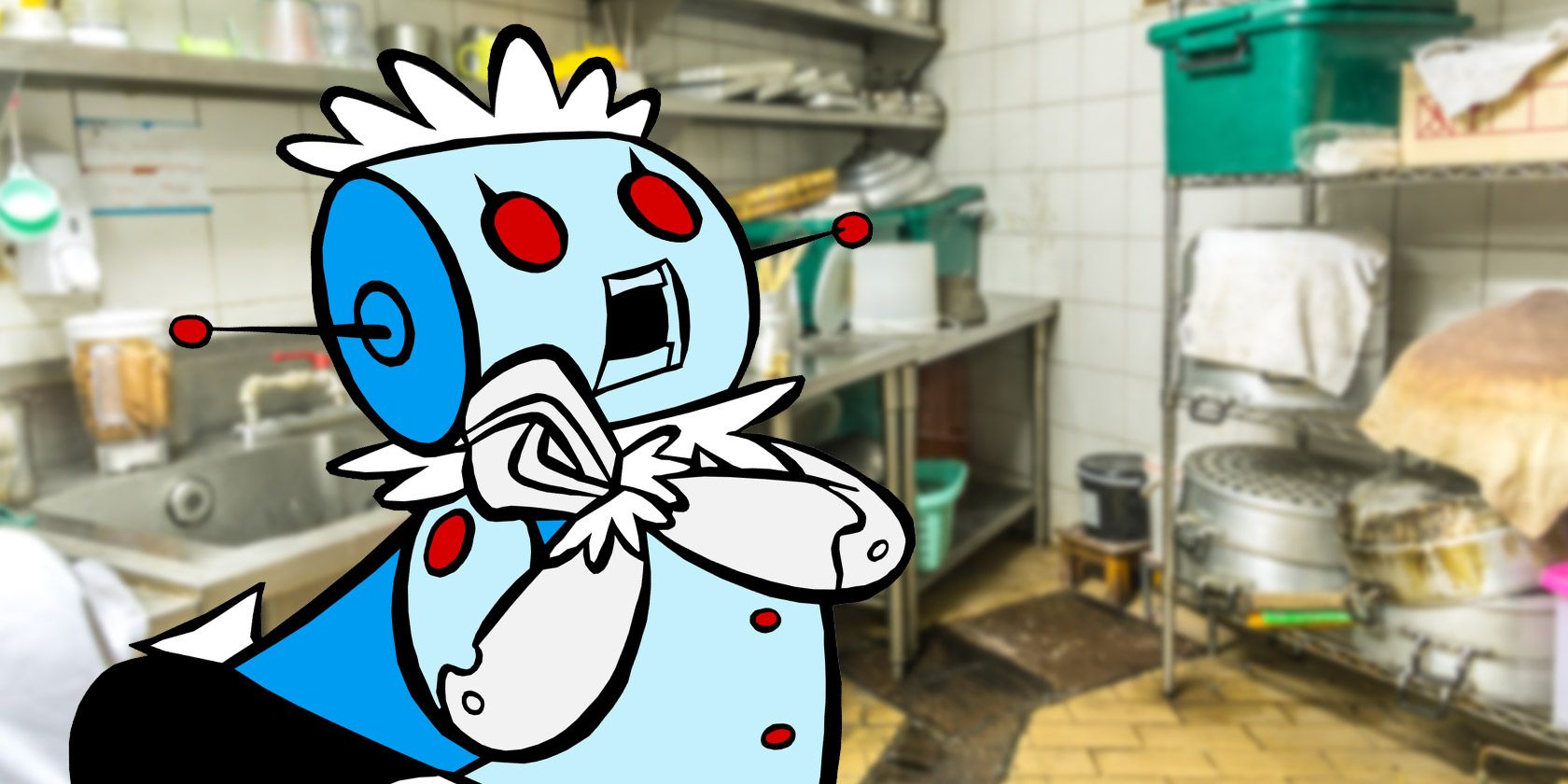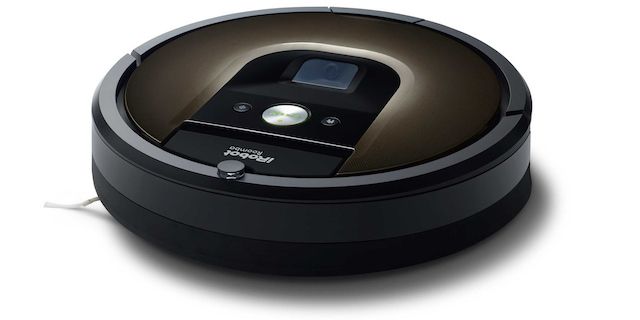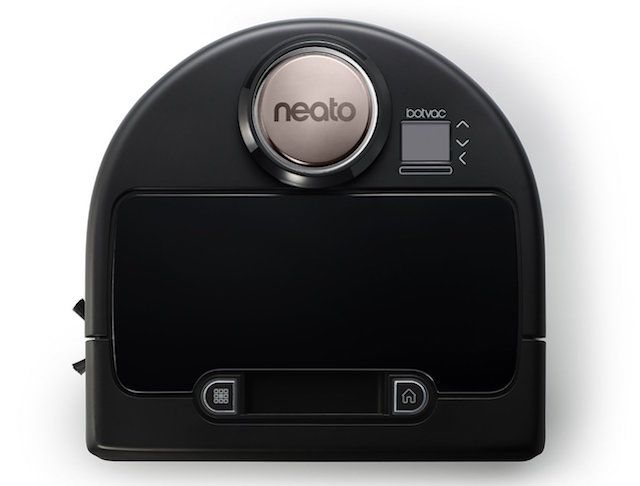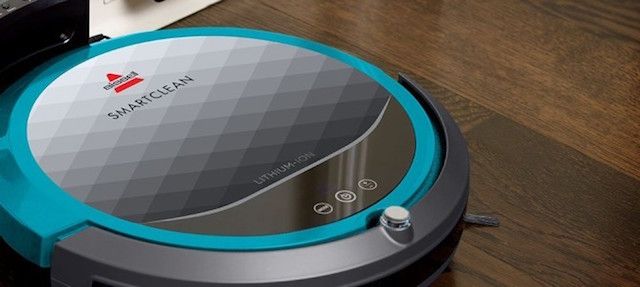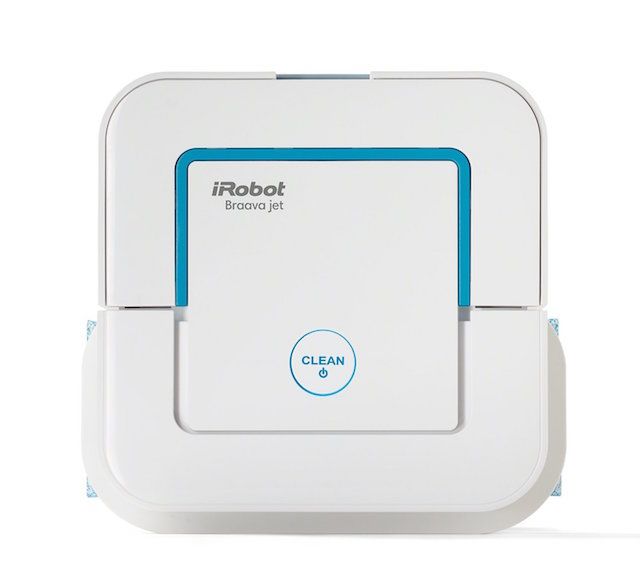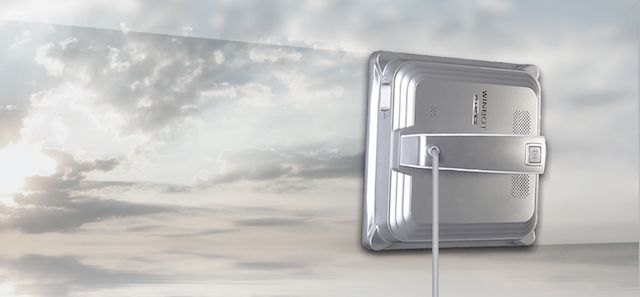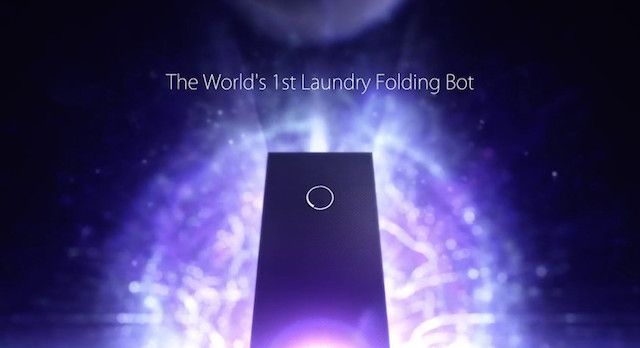Back in 1990, three MIT graduates who designed war robots decided to form a corporation called iRobot. Alongside military and police robots, the advanced technology company is probably best known for the Roomba, an autonomous home vacuum cleaner first introduced in 2002. And so was born the home automation industry. Today, that industry is changing rapidly with the arrival of smart technology.
Today’s consumers aren’t limited to robots that can vacuum. The market now includes droids that mop floors, clean windows, and even fold your laundry.
When looking for a robot that cleans, there are a few things to consider. Price is a big factor, of course. So is battery life and whether the device can automatically recharge. You should also make sure that your expectations match the abilities of the product. For example, do you want a vacuum cleaner that picks up everything on the ground, including large debris, or just pet hair? Each of these considerations is addressed on our list of the hottest home automation robots now on the market.
Vacuum Cleaners
The iRobot Roomba
Roomba remains the leading producer of automated vacuum cleaners. The company's current offerings range in price from $375 to $900. The seventh-generation iRobot Roomba 980, announced in September 2015, is the company's current flagship device. The 980 is the first Roomba to feature Wi-Fi and smart home capabilities.
Thanks to its three-stage cleaning system, the 980 has been designed to pick up pet hair, dust, and large debris on any surface. It does so through a combination of agitation, brushing, and suction. It also includes boost setting for carpets. Simply push the "clean" button on the top of the device to get started. You can also start or stop the vacuum cleaner via the Roomba app for both iOS and Android.
Priced at $900, the Roomba 980 is one expensive robot. For that, you get adaptive navigation with visual localization, which allows the robot to clean an entire level of your home, even if it needs recharging. When the battery becomes depleted, the robot automatically goes back to its charging dock. When fully charged, the robot goes back to work to complete the job.
The $700 iRobot Roomba 880 includes many of the features found on the 980, including the ability to clean large debris and up to three room in one cleaning cycle. The 880 can also recharge itself. Unfortunately, it won't finish a job in progress when the battery becomes depleted.
Other current iRobot Roombas include the $500 Roomba 860 and $375 Roomba 650. Both offer fewer features than found on the 980 and 880.
Neato
The $700 Botvac Connect is the flagship product from Neato. Like the Roomba 980, the Connect is considered a smart device since you can control it with an app. As a bonus, you can also start and stop the robot with your Apple Watch or Apple Gear smartwatch. You can also receive notification on both types of devices.
The Botvac D Series consists of two robot vacuums, the $500 D85/D80 and $450 D75. The D85/D80 is marketed to families with pets while the D75 is more for general use.
Both the Botvac D Series and Botvac Connect offer the ability to clean multiple rooms during one job and feature SpinFlow technology, which is said to combine "potent suction and precision brushes." The devices are also self-charging and can restart a job after battery recharging.
BISSELL
The $400 SmartClean Robotic Vacuum from BISSELL features a triple-action cleaning system and works on multi-surfaces, including low-pile carpet, hard floors, tile, and laminates. Opticlean sensors identify heavily trafficked areas where dirt and debris are most prevalent while its Invisible Wall Technology will keep the device out of rooms that don't require cleaning.
The SmartClean self-charges when a job is complete or when the battery runs out of juice. It cannot resume jobs after the battery recharges.
PowerBot
Samsung's PowerBot line of robot vacuum cleaners ranges in price from $700 to $1200. Discounts are often available via the Samsung website. The flagship PowerBot Turbo claims to offer 70 times more suction power than the competition. Priced at $1,200, one would hope.
Looking for more options? See our top robot vacuums report from September 2015.
Beyond Vacuums
Mopping Cleaners
Some surfaces in the home require more than vacuum care. This is where floor mopping and scrubbing robots come into play. Not surprisingly, iRobot dominates this small market with its Braava series of floor moppers.
The company's floor moppers include the $300 Braava 380t and $200 Braava jet. The main differences between the two are the size of the coverage area and the number of cleaning modes (wet mop, damp sweep, dry sweep).
Current mopers do not self-charge.
Window Cleaners
Yes, there are robots to clean your windows. Or rather, there is one currently worth considering. Called the Winbot W8 W830, this robotic window cleaner has been designed by Ecovacs Robotics.
The $400 Winbot W8 W830 features vacuum technology that cleans vertical and horizontal glass, framed or frameless, either clear, frosted, or colored. Ecovacs notes that operating a Winbot is as "simple as one, two, three." First, you spray the device's cleaning pad with the provided solution, switch the power on, and then place the Winbot on the glass and press start. Automatically, the Winbot measures the glass, cleans it, then returns to its starting position.
The current-generation Winbot runs on AC power, although an onboard backup battery will continue to power the motor in the event of a power failure.
Laundry Folders
We already have smart washers and dryers. Thanks to Laundroid [Broken URL Removed], we now have the world's first laundry-folding robot. Announced at the Consumer Electronics Show (CES) in January, the Laundroid is being designed by Japan-based Seven Dreamers. Using image-recognition algorithms, the Laundroid promises to fold one piece of laundry in three to 10 minutes.
Alright, so the Laundroid probably isn't quite ready for our homes just yet. This limitation is fine given that the device won't arrive on the market for at least another year. Nonetheless, it does show that robots are likely to play a bigger role in each of our homes in the coming years.
Whether you're looking for an automatic vacuum cleaner or a device that cleans your windows, today's robots can do a lot to make your life much easier. Just make sure you buy the one that matches your needs, otherwise, you might be paying too much.
Looking for more information on home automation? See our recent reports on smart home myths and odd home gadget you might not realize you need.
What would you like to see home robots do?
Image Credit: dirty kitchen by Pompardua via Shutterstock

